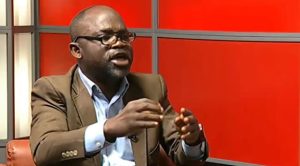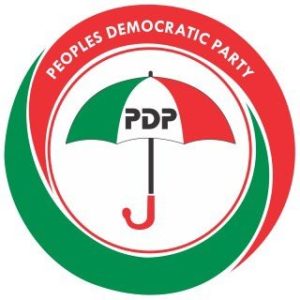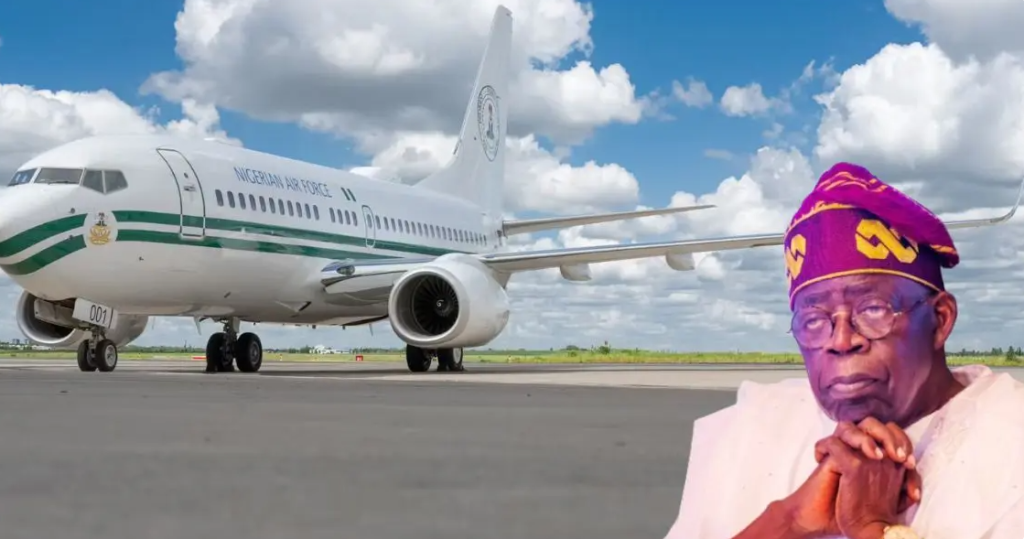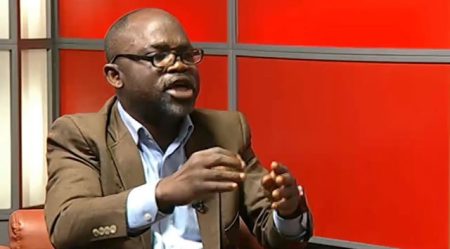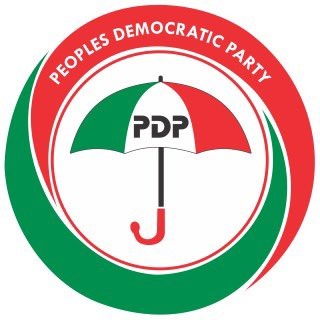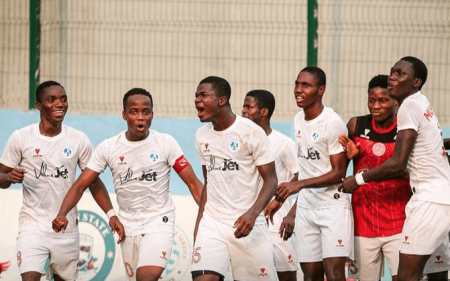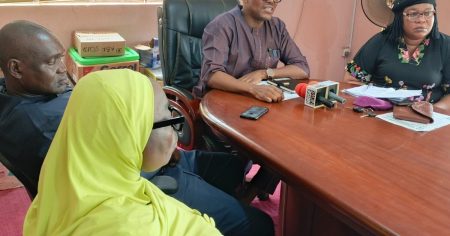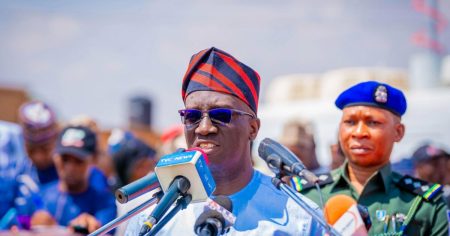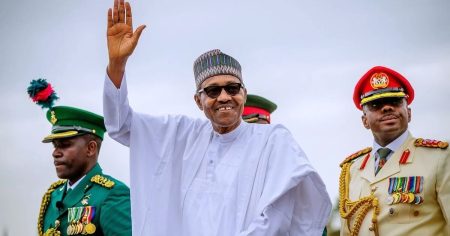Nigeria’s newly acquired presidential jet, an Airbus A330-200, has returned to the country after undergoing a livery change in South Africa. The aircraft, now adorned in Nigeria’s national colors of green and white, arrived at the Nnamdi Azikiwe International Airport in Abuja and is expected to resume official duties after routine checks by the Nigerian Air Force’s Presidential Air Fleet. This acquisition and subsequent refurbishment have sparked debate surrounding its cost and necessity, particularly given existing economic challenges within the country.
The A330-200, acquired for a reported $100 million (N150 billion), replaces an older Boeing 737 Business Jet used by the previous administration. The government defended the purchase, citing the Airbus’s superior fuel efficiency and extended range, which allows for direct flights to destinations like New York or Beijing, eliminating costly refueling stops. These features, according to the government, offer long-term cost savings and enhanced operational capabilities for presidential travel.
The aircraft’s refurbishment included not only the exterior repainting but also interior touch-ups, although the specific details and costs of these interior modifications remain undisclosed. While the exterior repainting cost is estimated to be between $190,000 and $320,000 based on industry standards, the overall refurbishment expenditure, including interior work, remains unclear. This lack of transparency has fueled criticism, particularly given the substantial initial investment in the aircraft.
The Airbus joins a sizable Presidential Air Fleet (PAF), which includes several other aircraft of varying makes and models. The PAF, arguably one of the largest in Africa, consists of around 11 aircraft, including Gulfstream, Falcon, Hawker, and Challenger jets, alongside a helicopter fleet. However, despite its size, several of these aircraft are reportedly unserviceable, raising questions about the fleet’s overall efficiency and maintenance practices. The inclusion of the newly acquired Airbus is expected to enhance the fleet’s capabilities, but the operational status of the other aircraft remains a concern.
The acquisition of the Airbus and the subsequent repainting have drawn criticism from various quarters, including the National Assembly, opposition parties, and the public. Concerns have been raised regarding the cost of the aircraft and its refurbishment, especially in light of the country’s economic difficulties and the existing PAF. The government’s justification of the purchase based on long-term cost savings has been met with skepticism, particularly given the lack of transparency regarding the overall refurbishment expenses.
The decision to acquire a new presidential jet highlights the ongoing debate surrounding the allocation of resources and the need for fiscal responsibility in government spending. While the government maintains that the investment is justified based on operational efficiency and long-term cost benefits, critics argue that such expenditure could be better allocated to address more pressing national needs, especially in a context of economic challenges. The controversy underscores the importance of transparency and accountability in government procurement processes.


